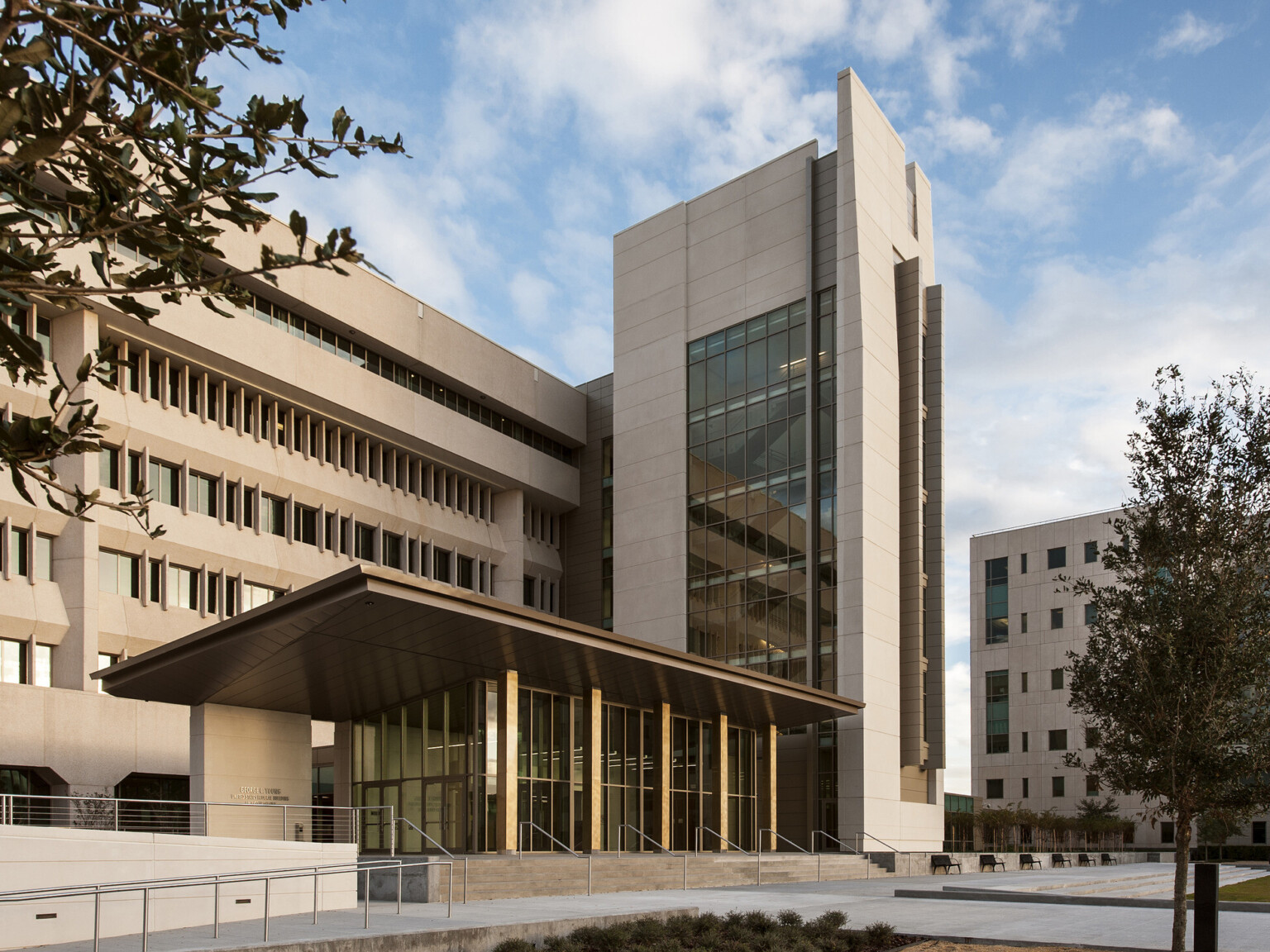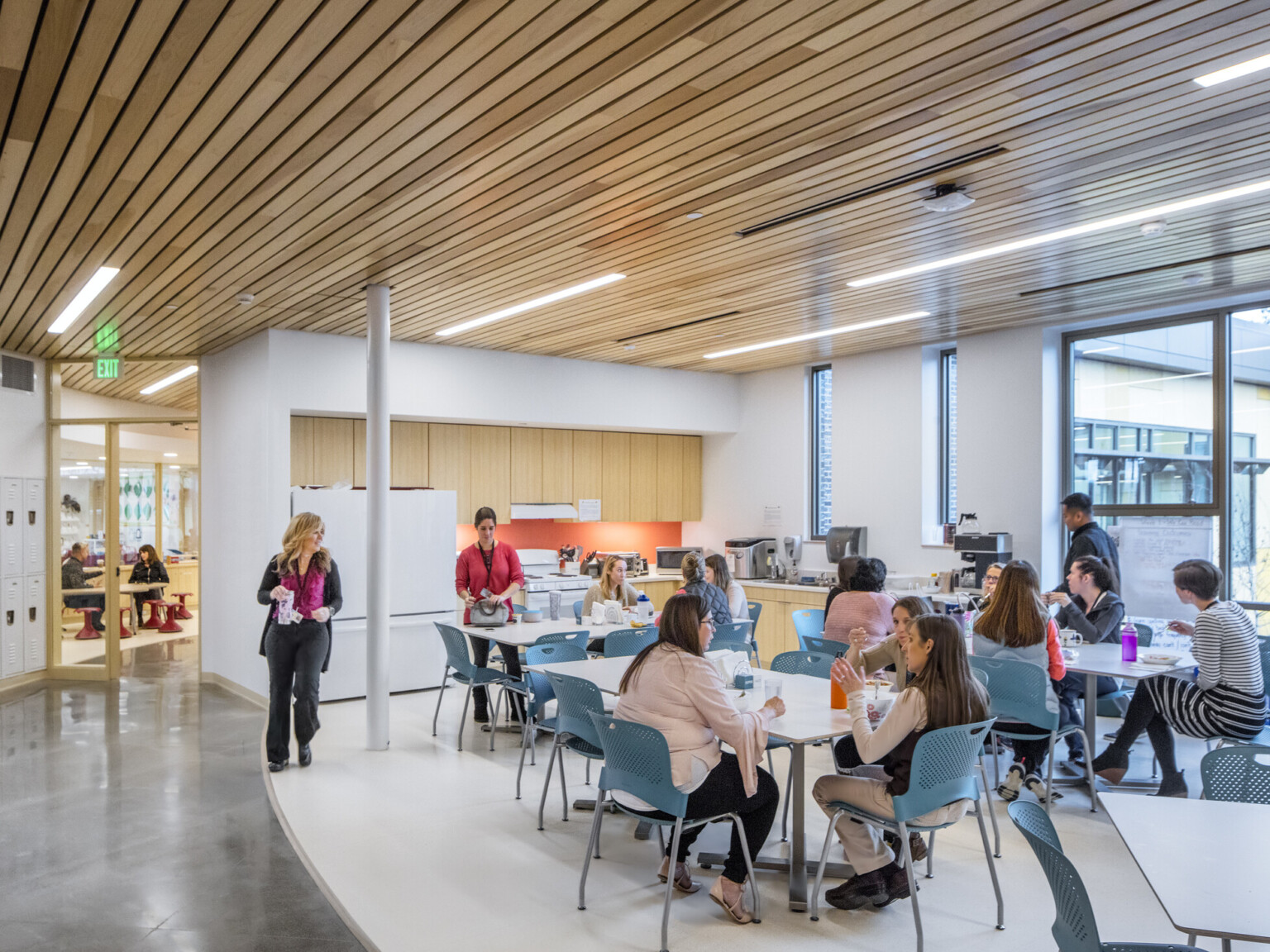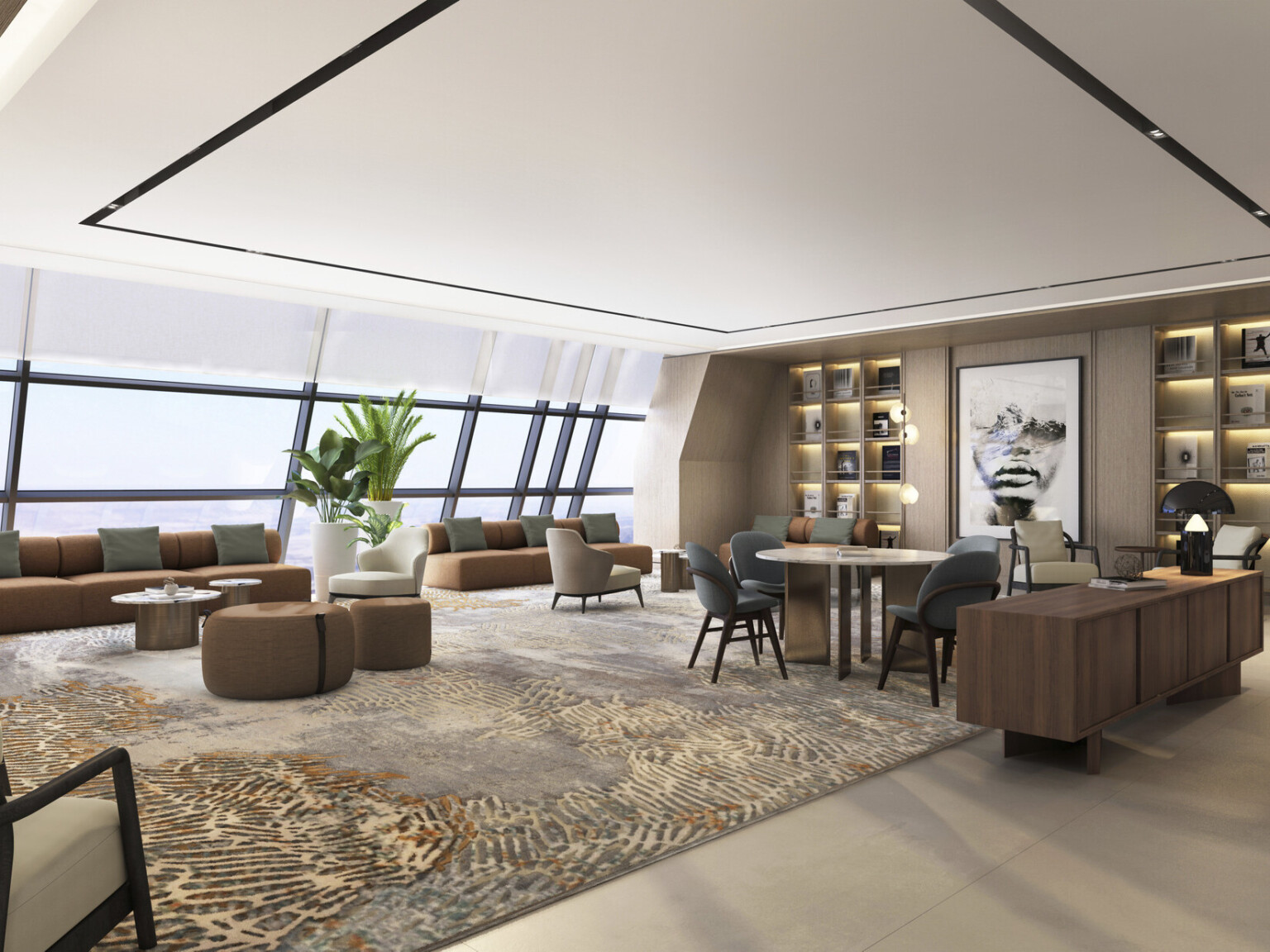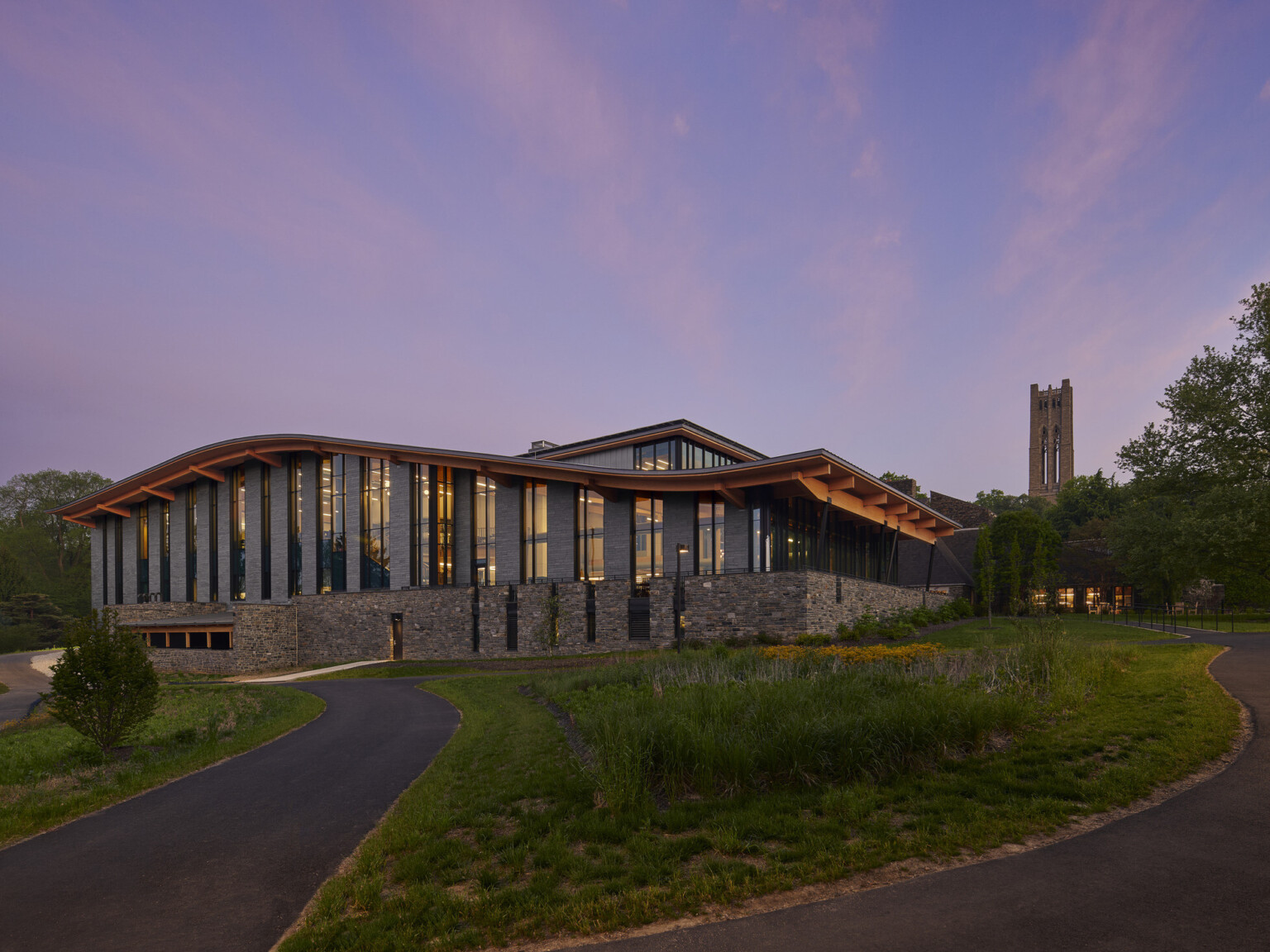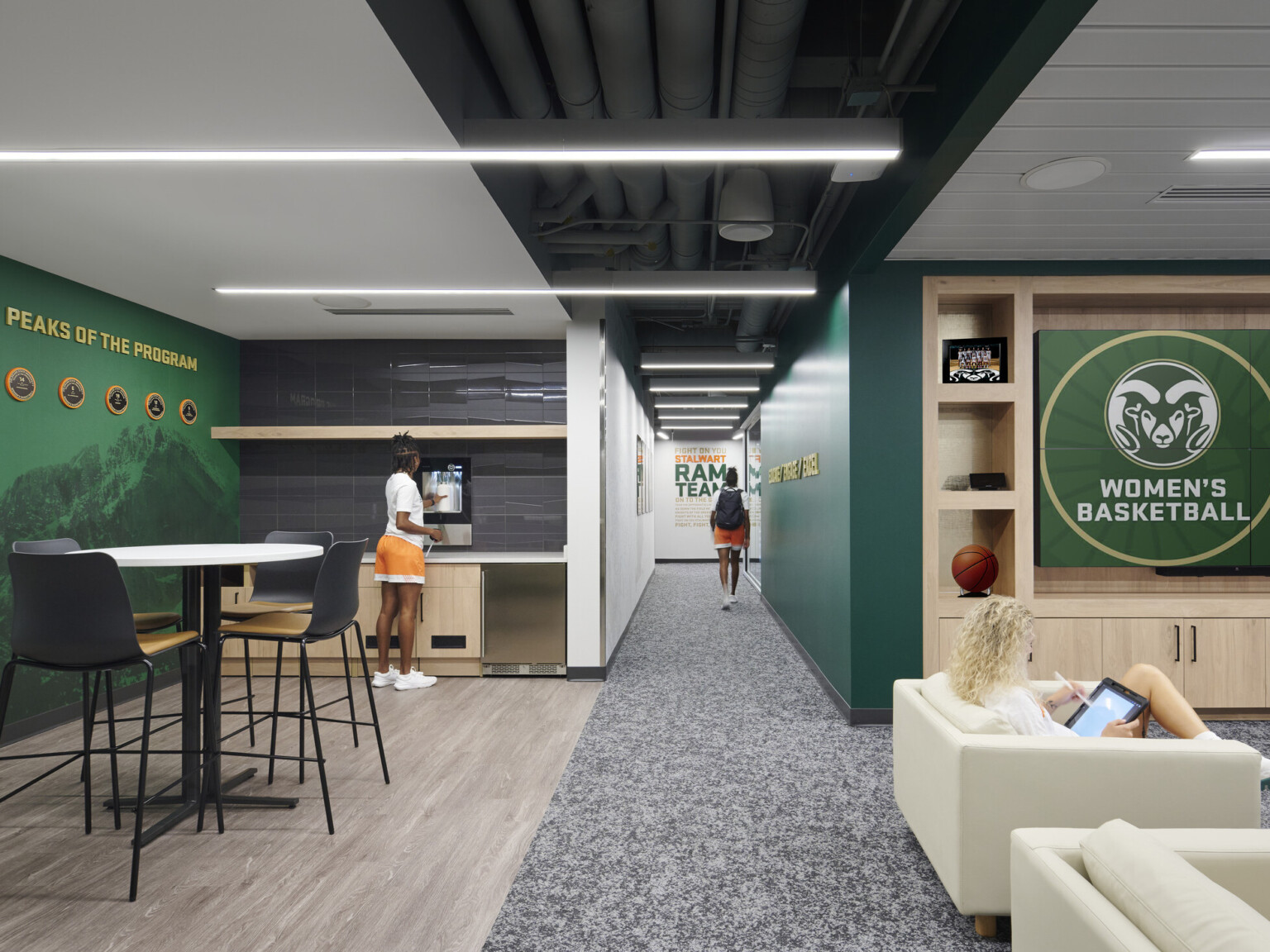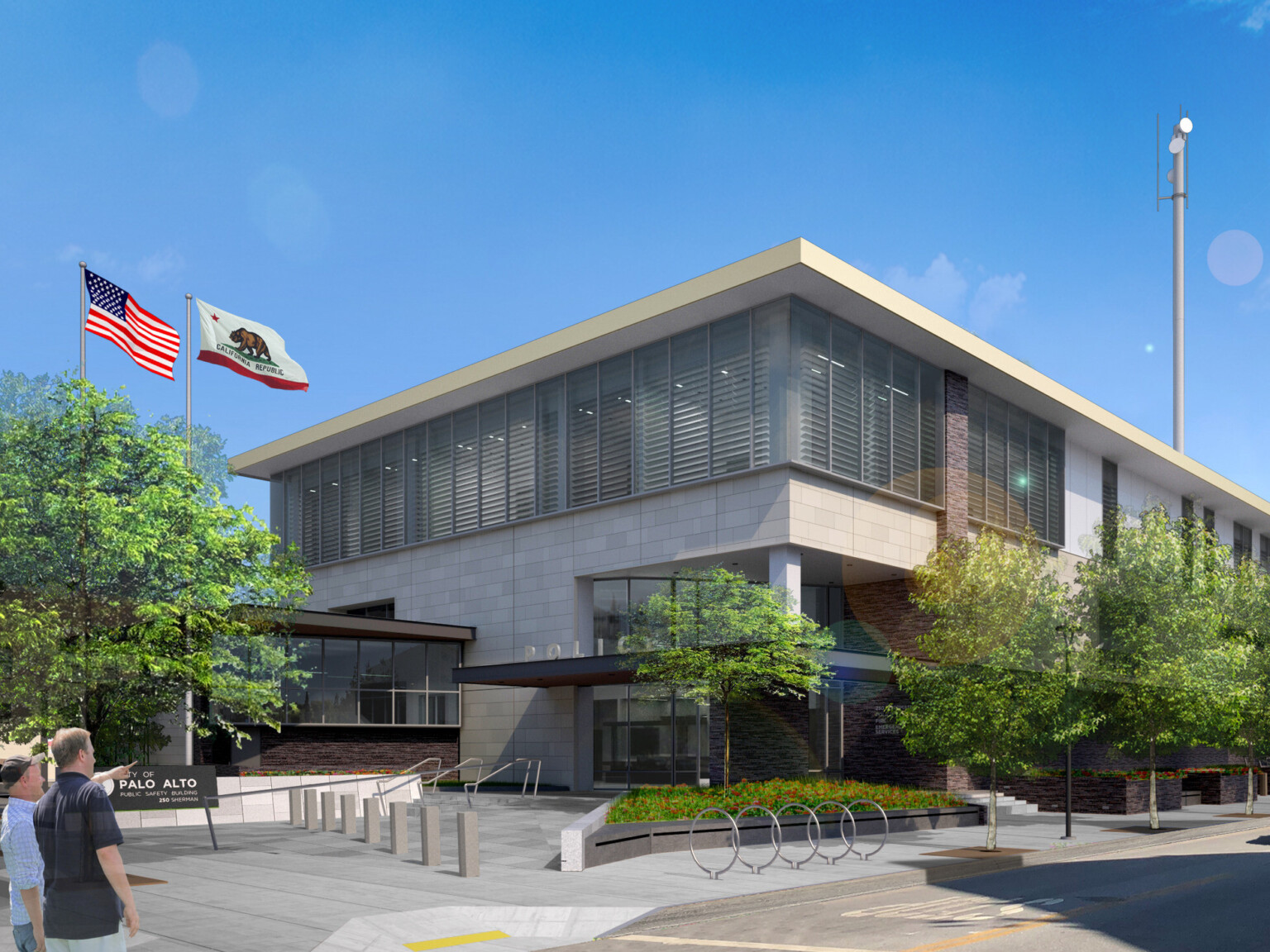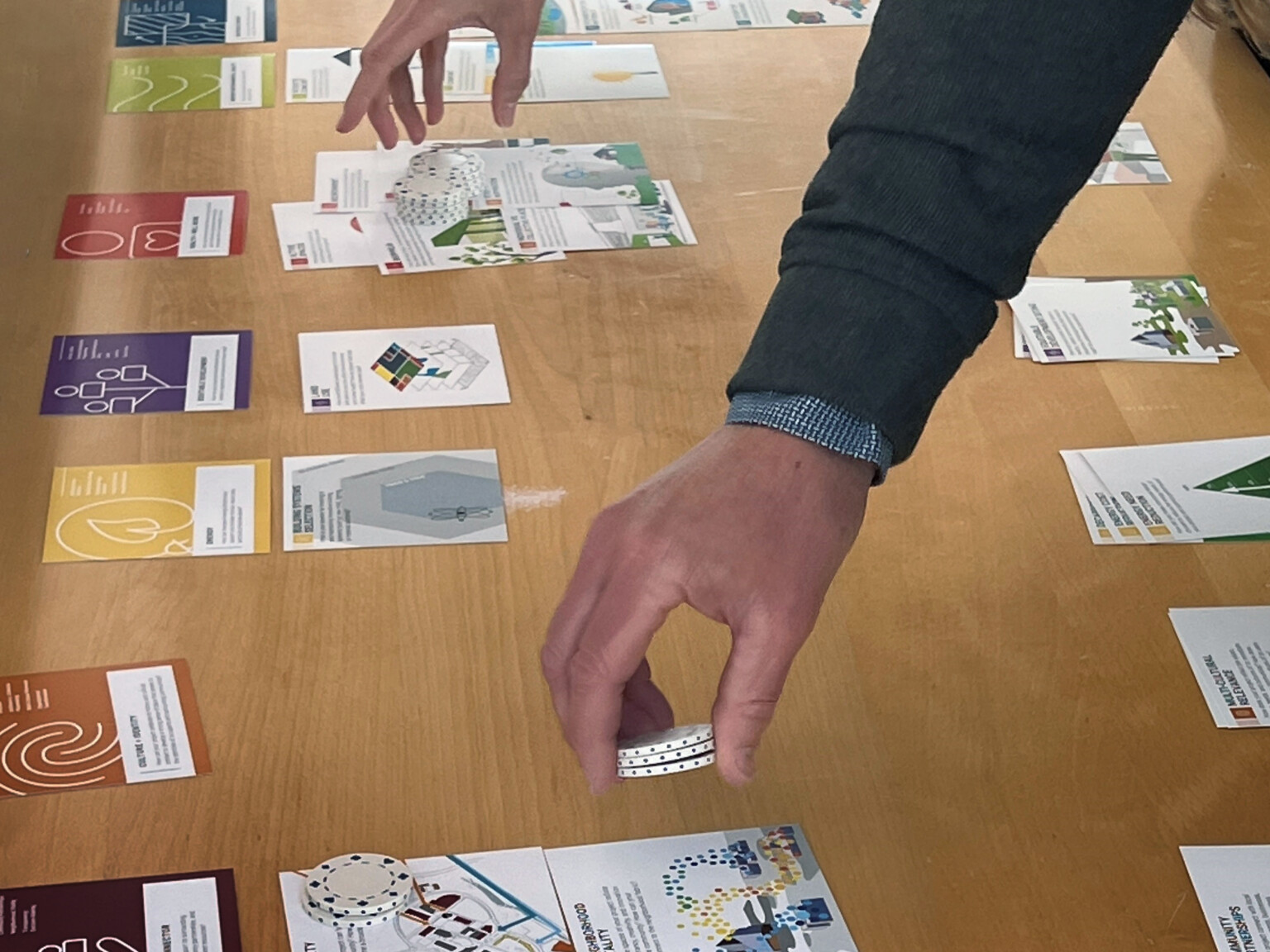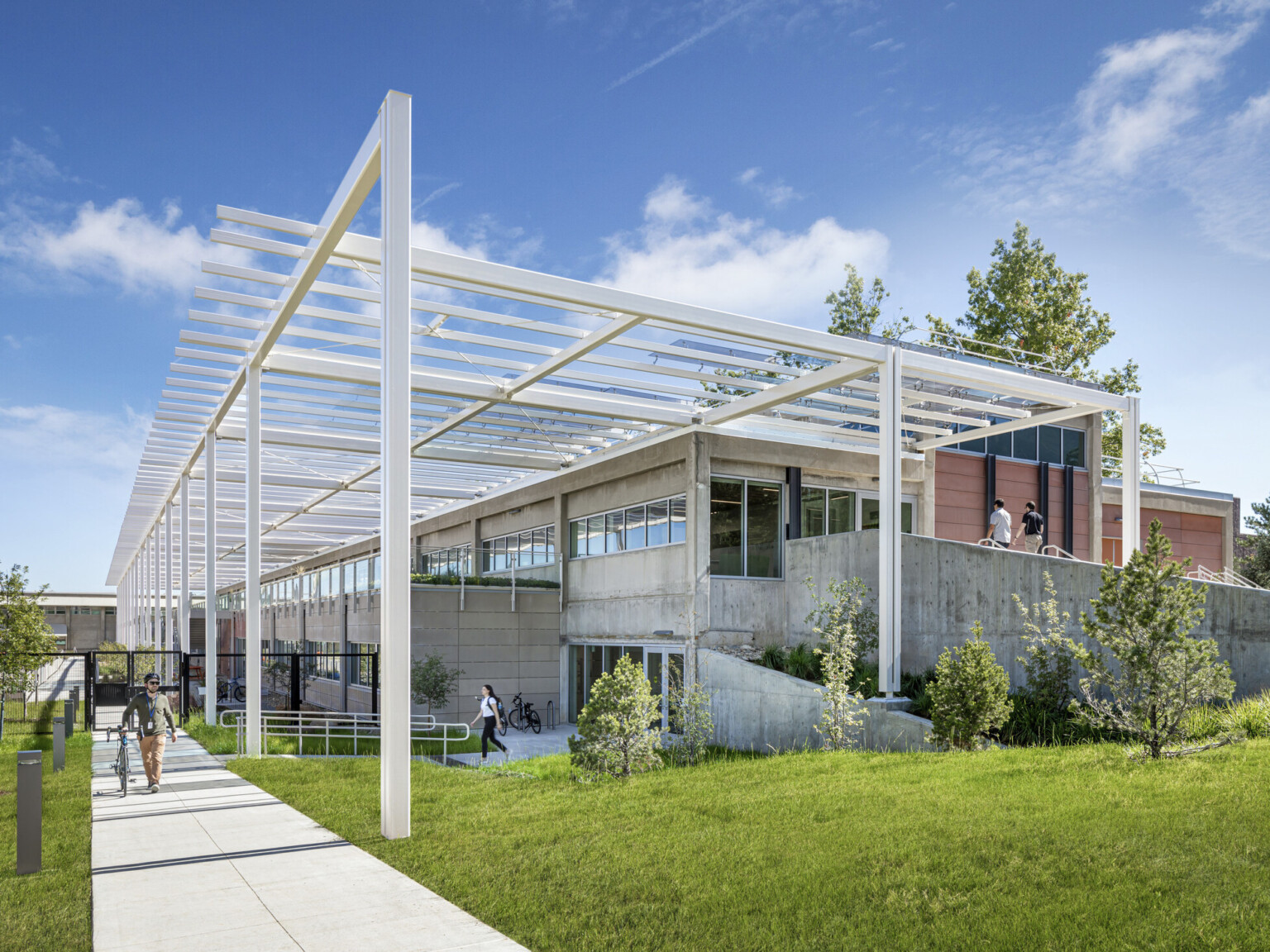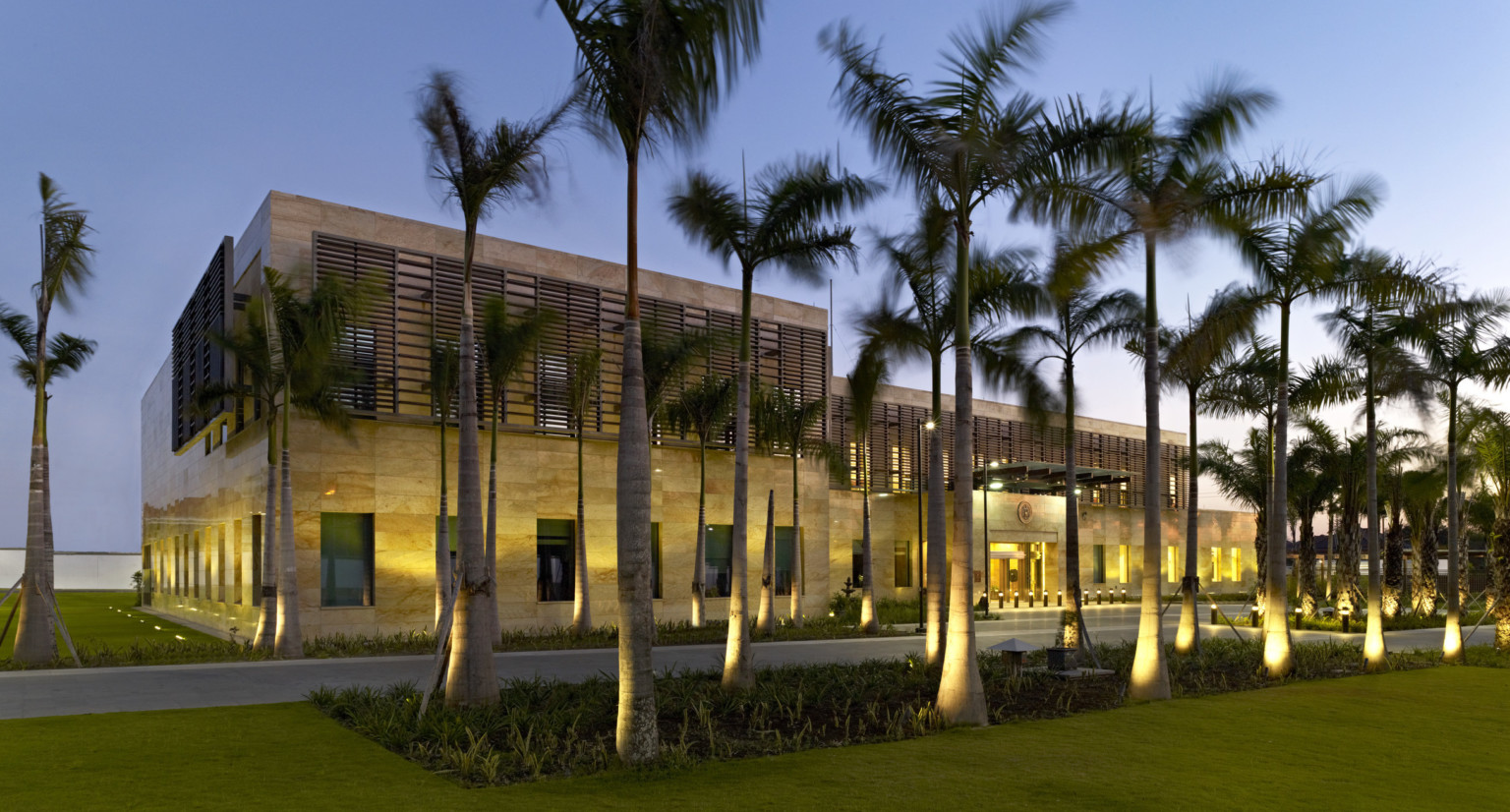
Diplomacy and Security
To support these diplomatic programs, our U.S. embassies and consulates serve as the physical platform and the representative presence of the United States in its host countries. The Department of State’s Overseas Buildings Operations (OBO) is the office responsible for ensuring that the overseas facilities serving our diplomatic goals abroad are kept safe and remain secure. When talk of budget cuts at the Department of State begin circulating, you cannot help but wonder if these cuts will affect programs created to protect embassies from the threat of terrorism. Programs managed by OBO were specifically created to provide security upgrades to existing diplomatic facilities that are not slated for replacement. Having spent 26 years with OBO as an architect and program manager, I’ve witnessed first-hand the creation and the exponential growth of these important security programs.
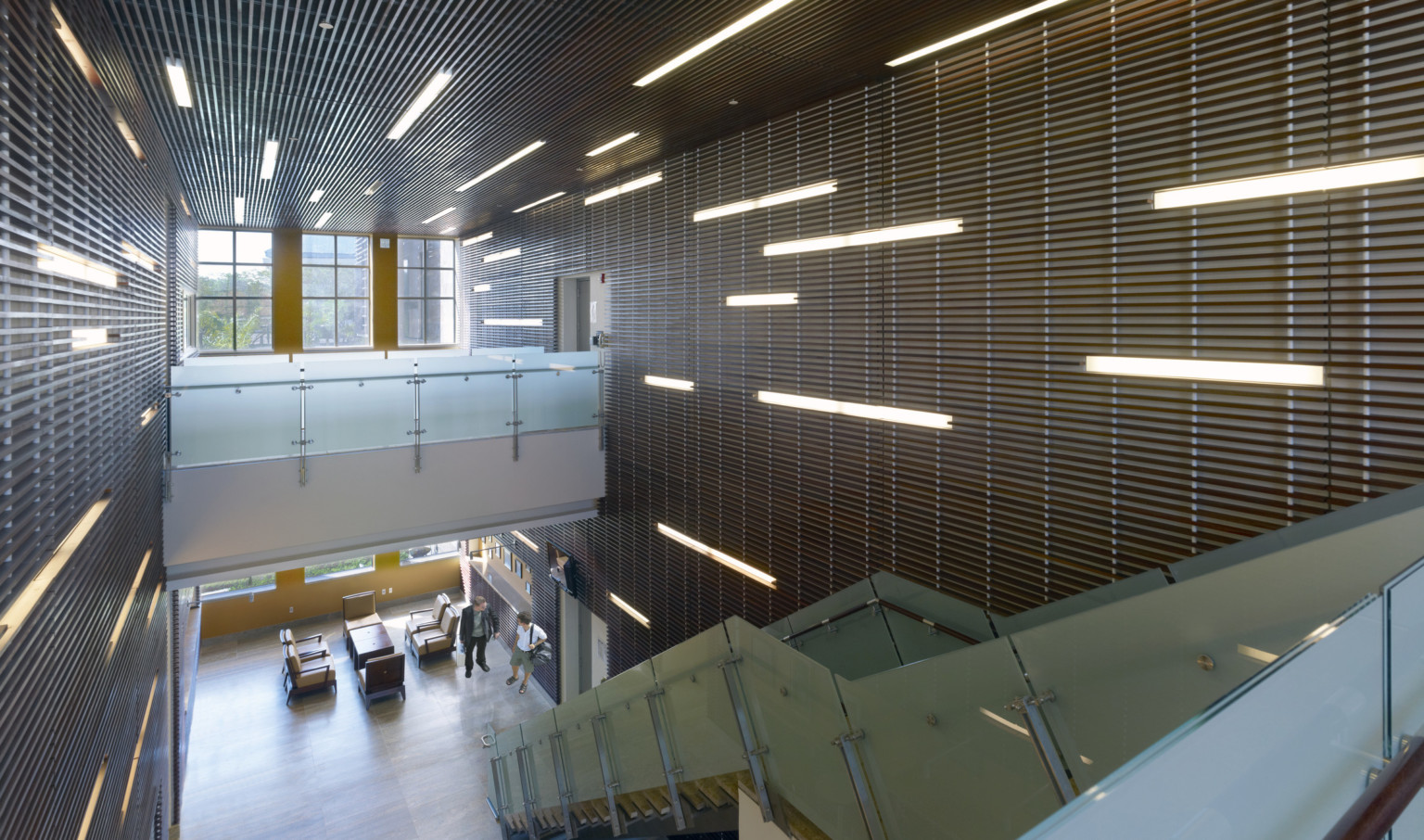
A History of Precedent
Following the 1983 and 1984 bombings of the U.S. Embassy facilities in Beirut, Lebanon, Congress mandated a buildings program formed from recommendations of a panel led by retired Admiral Bobby Ray Inman. Of 126 facilities identified by the panel as inadequately secure, only 49 of those were replaced or rebuilt to meet the new standards. Following the 1998 embassy bombings in Nairobi, Kenya and Dar es Salaam, Tanzania, Congress mandated the Secure Embassy Construction and Counterterrorism Act and ushered in a major new embassy building program. Under this program, the Overseas Buildings Operations built over 150 new secure embassies around the world. DLR Group was responsible for the design of 11 of these embassy projects as well as countless other improvements projects and planning efforts involving security, accessibility, and building systems. Each project was thoughtfully designed to address the unique qualities of the climate, terrain, and cultural influences of the host country.
There is no doubt that diplomatic facility programs are expensive. Security requirements are ever changing, becoming more stringent as security experts react to terrorist events. With increased frequency of events, security designers have no choice but to forgo risk assessment and apply blanket security requirements in a one-size-fits-all manner. As embassy designers, it is our job to carefully integrate physical security improvements including anti-ram, blast resistance, anti-climb, ballistic, and forced entry requirements into the fabric of diplomatic mission facilities. There are numerous examples of thoughtful and cost-effective security designs that have been implemented in diplomatic facilities around the world.
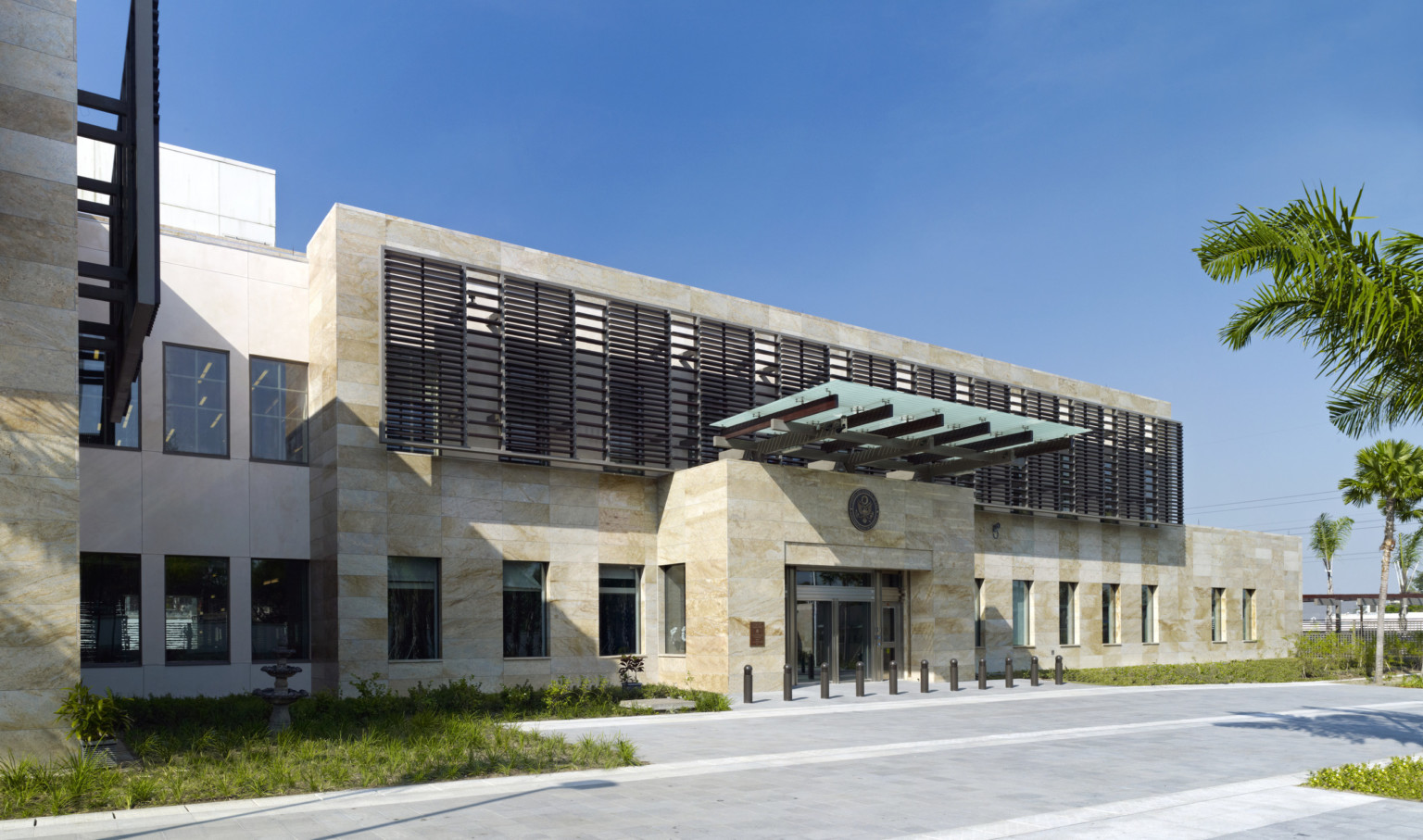
One of my favorite embassy projects is the U.S. Consulate Office Building located in Surabaya, Indonesia. While very secure, this diplomatic mission post has a timeless quality that blends local, culturally contextual references with a contemporary American ethos. This facility, along with others recently completed and those still under development, represent DLR Group’s commitment to furthering the Department of State’s mission of diplomacy and representation of American values abroad.
For federal architects and engineers of the Department of State, the responsibility to protect staff and visitors in our diplomatic facilities weighs heavily. To suspend or cut critical security programs exposes us to potential endangerment of life and property, and must be reversed. As a firm with a successful history of providing design and engineering services to the Department of State, we understand the value of security and advocate for continued funding of these critical programs.

